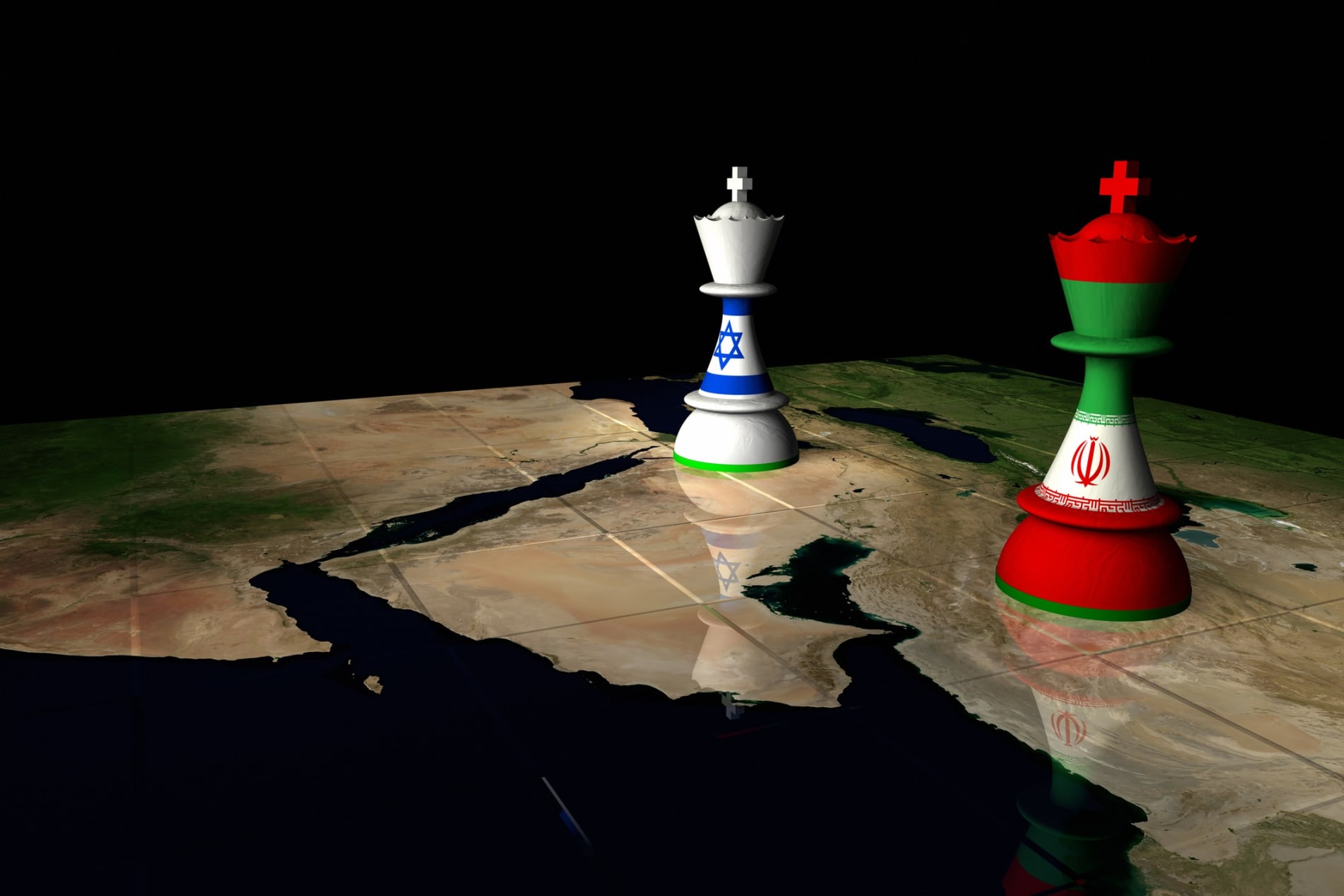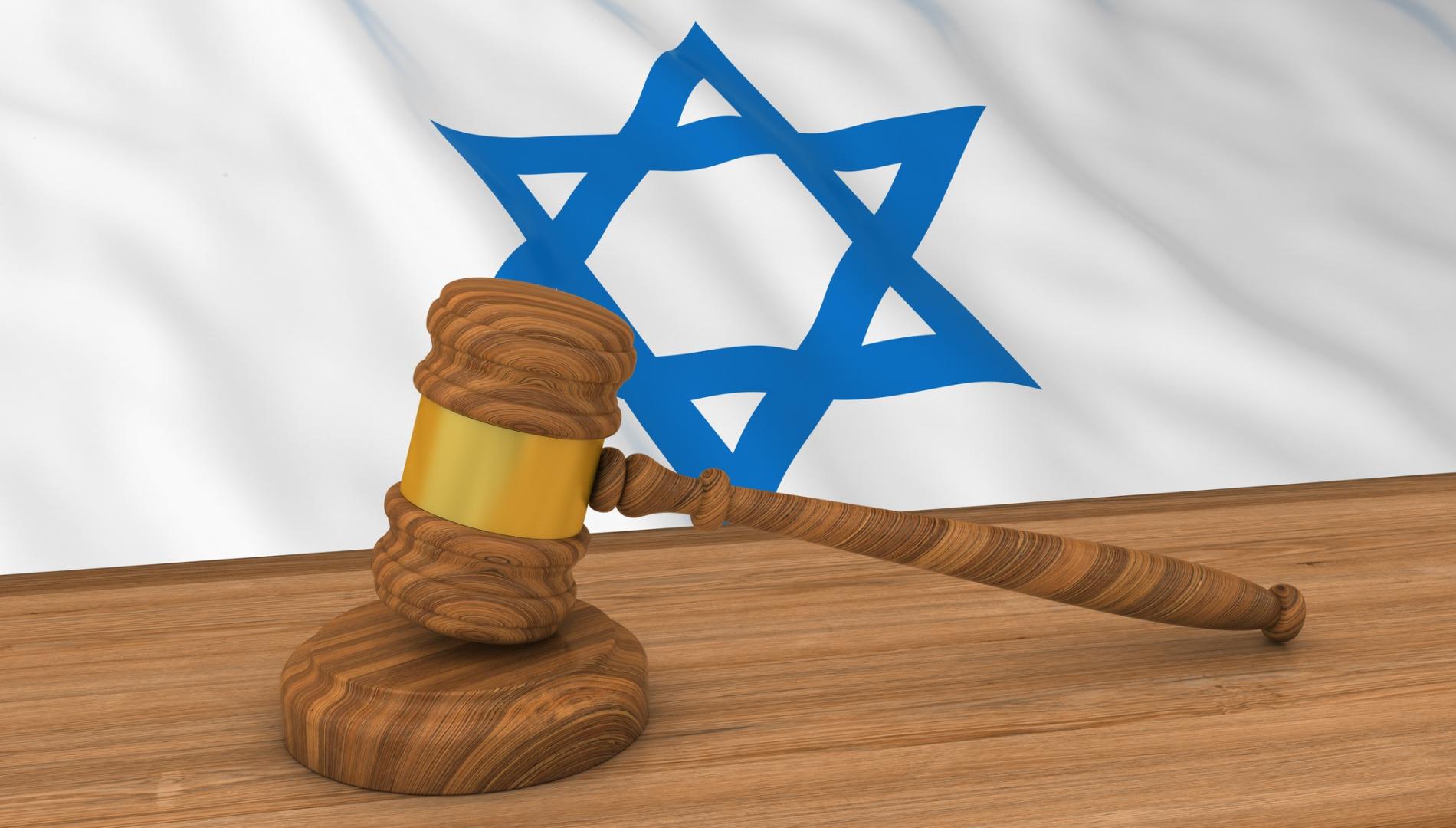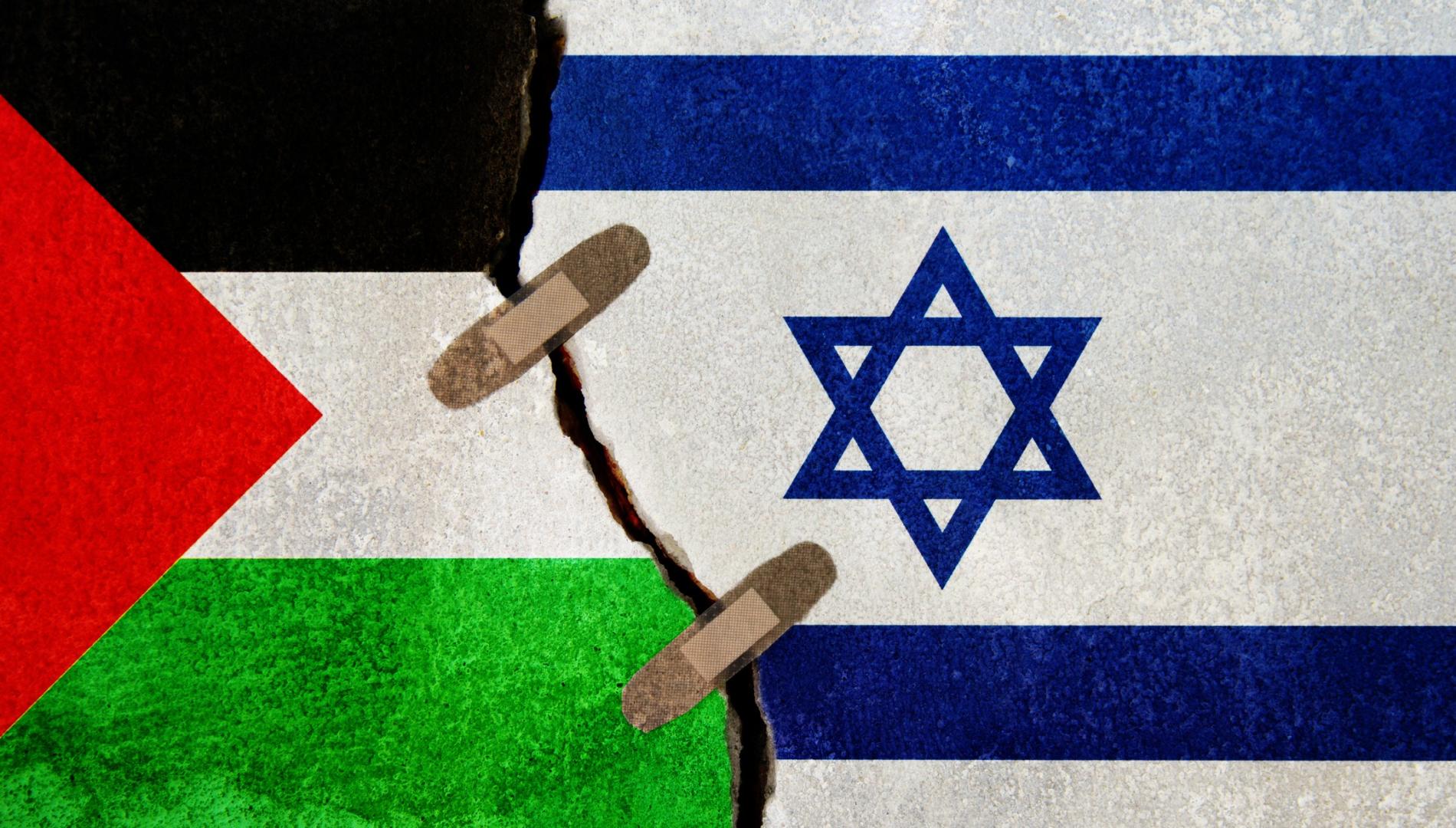Israel-Iran conflict: Its origins explained, and what could happen next
Tensions between Israel and Iran reached new heights in mid-April. The two arch-enemies exchanged blows, pushing the already volatile region closer to a broader conflict.
The killing of a senior Iranian officer in Damascus on 1 April led to a massive Iranian airborne attack on Israel 12 days later, culminating on 19 April with an Israeli strike on an Iranian military facility.
This latest tit-for-tat amounted to a decisive Israeli victory, and a strategic Iranian own-goal. However, this is not the final exchange between the two sides, and escalation could step up yet another notch in the near future.
Israel is sending a message that "If Israel wants to, they can definitely hit more strategic targets." AIJAC's Ran Porat speaks with Steve Price on Sky News Australia#iran pic.twitter.com/zFgVXyPfGW
— AIJAC (@AIJAC_Update) April 20, 2024
Historical animosity
The origins of the rivalry between the Islamic Republic and the Jewish State traces back to the overthrow of Israel’s close ally, the authoritarian Shah of Iran, Mohammad Reza Pahlavi, by Ayatollah Rohullah Khomeini’s forces in Iran in 1979.

Faced with an intense eight-year war with Iraq (1980-88), the new Shi’ite theocracy regime was ensuring its survival against external threats. In 1987, it initiated a secret project to produce nuclear weapons (later called the AMAD program) as a strategic insurance policy against attempts to topple the regime.
Driven by the ideology of “exporting the revolution”, Iranian agents serving in the Islamic Revolutionary Guard Corps (IRGC) Quds Force meticulously cultivated armed factions across the Middle East. Hezbollah in Lebanon, Shi’ite militias in Iraq and Syria, and the Houthi rebels in Yemen became Iran’s terror proxies, forming a ring of fire around Israel and Saudi Arabia.
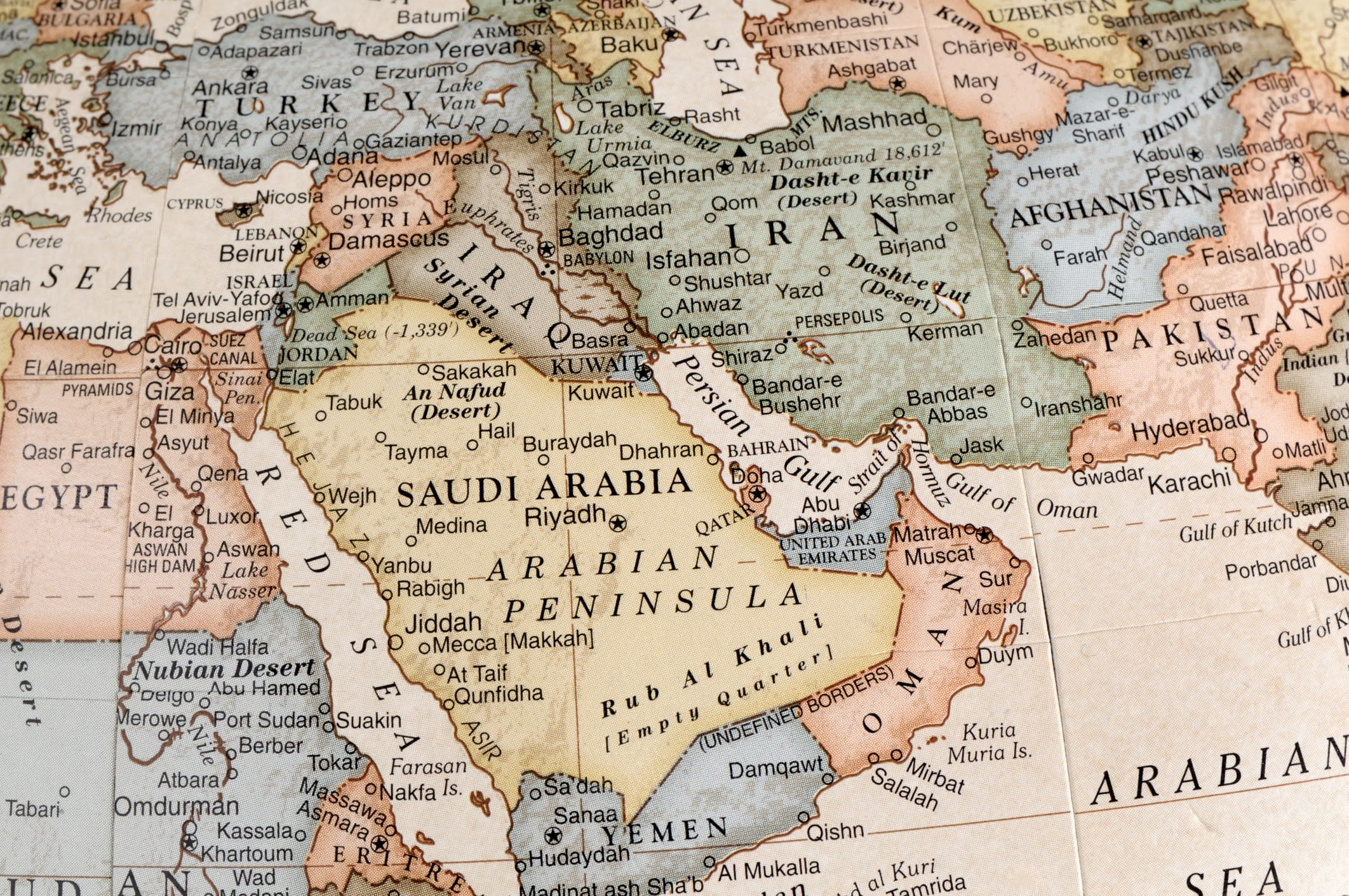
In response to Iranian threats to destroy the “Zionist entity” and state-sanctioned Holocaust denial, Israel launched a covert campaign against Tehran and its proxies.
This campaign included sabotage and attacks on nuclear and military facilities within Iran, assassinations of atomic scientists and military officials on Iranian soil, and more. Israeli missiles and airplanes targeted Iranian officers and proxies in Syria, Lebanon, Yemen, and other locations.
Underestimating the enemy
Tehran’s responses to these Israeli activities were either limited (for example, a few drones launched from Iraq and intercepted by Israel) or foiled (plots to assassinate Israeli diplomats).
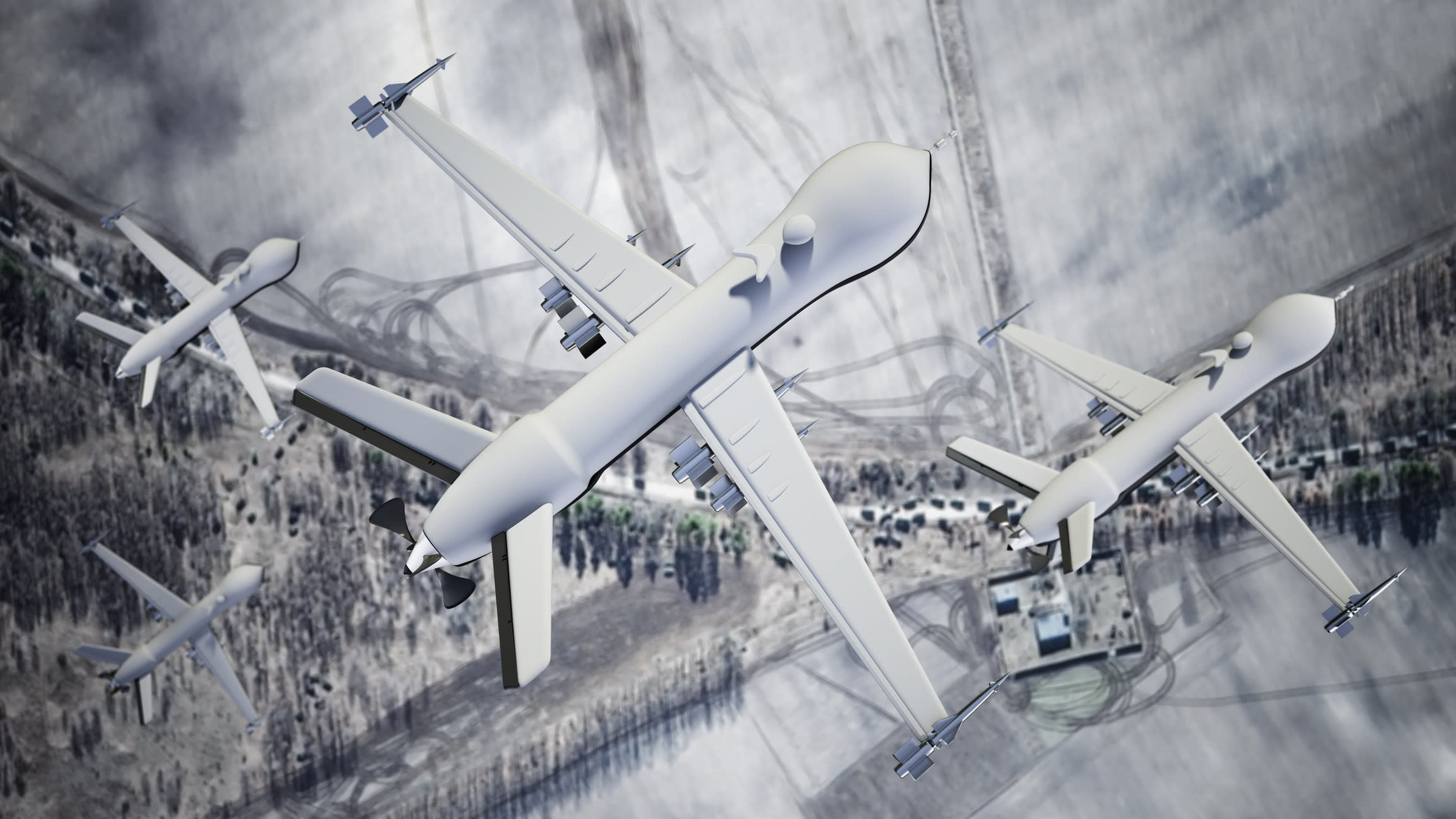
In Israel, the security apparatus began to believe the Iranians would not escalate beyond confined responses to attacks on their people and assets.
However, this perception – that the enemy is deterred from major escalation – can lead to a dangerous underestimation of the other side’s intentions and capabilities.
This miscalculation led to the 7 October attack last year, during which thousands of Hamas terrorists and Gazans stormed Israel. The assault resulted in the deaths of 1200 men, women, and children, hundreds of Israelis kidnapped in Gaza, mass rapes, and property destruction.

On 1 April, Israel struck a building in the Syrian capital Damascus, killing General Mohammad Reza Zahedi (also known as Hassan Mahdawi) and several officers and terror operatives.
Zahedi, the most senior commander in the Iranian Islamic Revolutionary Guard Corps (IRGC) Quds Force in Syria and Lebanon, was overseeing arming Iran’s proxies in the region and initiating terror attacks within Israel.
Fuming, Iran complained that the Israeli bombing violated international law when hitting a “diplomatic” building near Iran’s consulate in the Syrian capital. Trapped by its own bellicose rhetoric, Iranian leaders promised painful revenge against Israel.
Israel’s invasion of the Gaza Strip to dismantle Hamas after 7 October resulted in thousands of Palestinian casualties (the Hamas-run Ministry of Health in Gaza claims the number is more than 30,000, but that number is disputed, and at least a third were terrorists), and pushed Iran to re-evaluate its position on escalating conflict with Israel.
Despite its years-long policy of avoiding direct confrontation with the US and Israel, the IRGC watched as Hamas – one of its strategic pawns (though not a direct proxy of Iran) – teetered on the brink of dismantlement.
A decision was made to abandon restraint and go on the offensive. Plans drew on experience gained during the war in Ukraine, where Iranian experts monitored Russia’s use of their loitering flying weapons (mostly drones) supplied to Moscow by Tehran.
Additional information was collected from Iran’s extensive strike on Saudi Arabia’s oil facilities in September 2019, and on targets in the Kurdish regions of northern Iraq.
A colossal Iranian failure
On 13 April, Iran dramatically upped the ante. Swarms of armed drones launched from its soil towards Israel, thousands of kilometres away, were followed by cruise and ballistic missiles (a drone needs six to eight hours to cover the distance between the two countries, while ballistic missiles require only 12 minutes).

An estimated total of more than 330 flying unmanned weapons of various types, armed with 60 tonnes of explosives, participated in the coordinated Iranian attack. These weapons were also fired at Israel from Iraq, Yemen, Syria, and Lebanon, but for the first time ever, most were fired directly from Iranian soil.
The assault ranks as one of the biggest one-day military attacks in modern times, a costly effort intended to deter and shock Israel and other regional rivals of Iran.
At first glance, the Iranian assault ended disastrously for the attackers. Israel remained protected and unharmed, demonstrating an ability to defend against one of the most significant airborne attacks in history. According to the IDF, 99% of the projectiles failed to reach their destinations, many falling en route due to technical faults.
How a conflict between Israel and Iran might play out, and what that means for the Middle East and the rest of the world https://t.co/OqSYP5726x
— Bloomberg (@business) April 18, 2024
Only a handful of advanced ballistic missiles managed to penetrate Israel’s defences, causing minor damage to the Nevatim military base and seriously injuring a Bedouin girl.
The drones and missiles were intercepted far from Israeli airspace by a coalition of anti-Iran counterparts, part of a regional tactical architecture devised by the US Central Command (CENTCOM) over several years.
At the heart of this air defence-focused project is close intelligence-sharing, utilising the sophistication and precision of advanced US fighter jets used by Israel (mostly F-35s), along with Israel's multilayered projectile interception systems (Iron Dome, David’s Sling, Arrow, and the US-made Patriot).
On the night of 13 April, intelligence gathered by members of the anti-Iran coalition guided the aircraft of Israel, the US, the UK, France, and Jordan to successfully shoot down almost all incoming threats.
Many of the projectiles violated Jordan’s airspace, marking just one in a series of recent Iranian activities aimed at undermining the rule of King Abdullah II. Behind the scenes, the UAE and Saudi Arabia provided assistance in undisclosed ways, possibly with early warnings.
This was a major setback for Tehran – by attacking Israel and failing, Iran underscored the importance of the regional alliance against it, and the Americans have proven that their soft and hard power in the Middle East is more crucial than ever before.
A paper tiger, but …
However, there were a few small victories for Iran following the 13 April attack. For example, the attack showcased Israel's dependency on the US and regional allies for its security.
Further, even the small number of advanced Iranian missiles (possibly equipped with manoeuvring warheads) that succeeded in reaching Israel represents a significant threat.
During the past two years, Iran has nearly completed the first phase of its nuclear weapons program, and can now quickly produce enough high-enriched uranium for several atomic warheads within weeks. However, it’s estimated that Tehran would need at least a year to successfully build and test such a warhead once it has amassed enough fissile material.
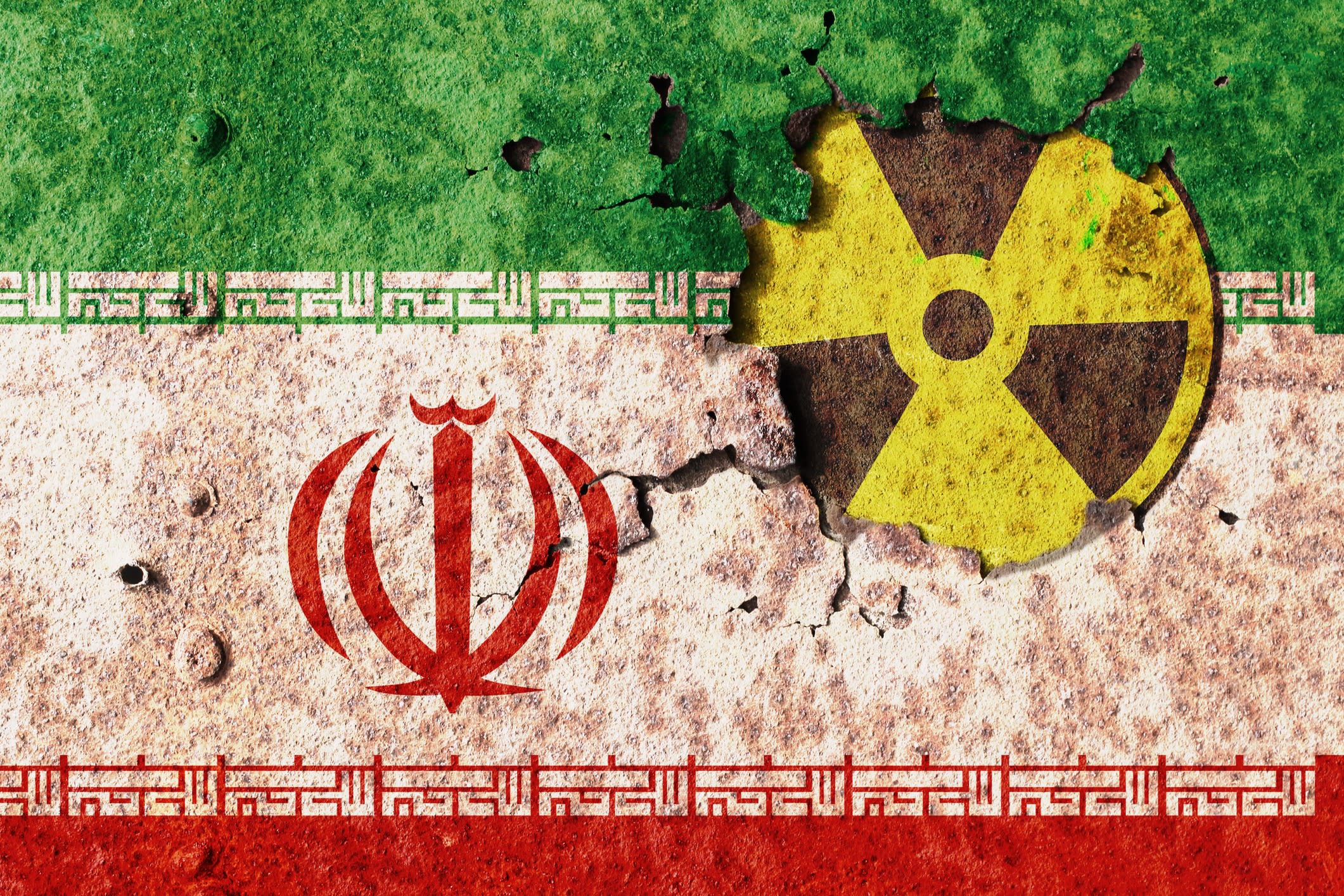
This reality illustrates the potential impact of just one missile armed with such a warhead penetrating a country’s defences.
By testing its capabilities against Western interception systems, Iran has also managed to change the rules of the game through this large-scale attack, signalling a reduced tolerance for Israel’s actions against it. The lessons from this attack will undoubtedly be studied carefully in Moscow and Beijing.
Small yet smart counterstrike
An Israeli counterstrike was unavoidable. Despite significant diplomatic pressures from the US and the EU, Israel retaliated on the morning of 19 April.
The response was relatively limited – a few quadcopter drones targeted the Shekari military base at Isfahan, and a small number of advanced radar-evading missiles (perhaps even just one) were launched by Israeli jet fighters from Syria, striking the radar of the Russian-made S-300 air defence battery at that base.
How damaging was Israel's strike on Iran?
— Sky News (@SkyNews) April 21, 2024
Military analyst Sean Bell says it looks likely Israel launched a "measured, surgical" strike that "punched a hole" in Iran's defence military capability.
Follow live updates: https://t.co/e0RnBaZkXD pic.twitter.com/PHewwH6hBB
The S-300 was strategically positioned there to protect the important uranium conversion facility in the city as well as the Natanz nuclear site, where centrifuges are enriching uranium to near weapons-grade purity – 100km north of Isfahan.
The Israeli counterstrike achieved two main goals. Firstly, it was restrained enough to remain below the threshold that could have provoked Tehran into retaliating and later spiralling into a wider conflict. Yet, it also clearly demonstrated that Jerusalem is capable of targeting Iran’s most sensitive and valued asset – the atomic program – at will.
Tehran plays down reported Israeli attacks, signals no further retaliation https://t.co/tPGQiLG4Px pic.twitter.com/1V4Dy39CgT
— Reuters World (@ReutersWorld) April 19, 2024
Now, Israel seeks to capitalise on the diplomatic benefits of containing its reaction, as the US and the EU rush to apply strong new sanctions on Iran.
Washington has also renewed efforts vis-à-vis Riyadh to forge a strategic agreement for the normalisation of relations between Saudi Arabia and Israel, which includes an enhanced US military umbrella to protect the Kingdom.
As a further warning to Tehran, part of that agreement may allow the Saudis to establish a civilian nuclear program – a step that, as shown by North Korea and Iran, could lead to a nuclear weapons project.
Crown prince confirms Saudi Arabia will seek nuclear arsenal if Iran develops one https://t.co/f8FlCEtheT
— Guardian news (@guardiannews) September 21, 2023
The Iranian attack has also shifted the narrative on Gaza.
For a time, the world's focus moved away from criticising Israel’s military actions against Hamas, and the high number of Palestinian casualties in the conflict, as well as the warnings that have been made repeatedly against extending operations into Hamas’ final stronghold in Rafah, where more than a million Gazans are now refugees from other parts of the strip.
Discussions between the US and Israel regarding the format of Israel’s operations in Rafah have advanced since the Iranian attack, alongside preparations by the IDF for this purpose.
Meanwhile, there’s a deadlock in indirect negotiations to release the 133 Israeli hostages held by Hamas, many of whom are believed to be sadly deceased, in exchange for a ceasefire.
For now, fears of escalation appear to have been eased. However, lurking in the background is the ongoing progress of the regime in Tehran towards acquiring a nuclear weapon.
The 13 April Iranian attack on Israel offered yet further proof that Israel cannot allow Iran to build such weapons. Jerusalem can be expected to act to prevent this outcome, one way or another.
